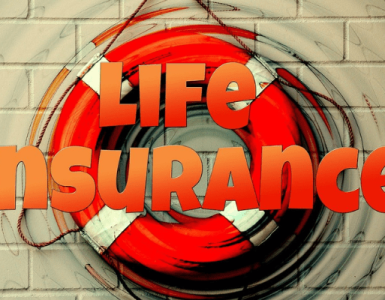
When it comes to having auto insurance, a surprising number of American drivers chose to play Russian roulette. They drive without insurance and hope they do not get caught. Even though forty-eight states require auto insurance, 13 percent of American drivers are completely uninsured. The figure is much higher in many states.

Moreover, most state’s liability insurance minimum requirements have not been updated in a number of years. So, the minimums are not in sync with the financial costs of car crashes. The average amount of a claim is about $20,000. Serious or catastrophic injury claims can easily be eight or ten times that amount. The minimum coverage amounts in most states barely cover these average losses. In some states, the minimum coverage levels are too low to cover even these average expenses.
Uninsurance
Most states have very large fines for uninsured motorists. These individuals are considered “scofflaws” who knowingly flaunt a legal requirement. So, they are punished accordingly. In fact, many states tow away uninsured vehicles on the spot. Therefore, in addition to a huge fine, a family may be deprived of transportation.
There are noneconomic costs as well. Every time uninsured drivers go down the street, they look frantically for police officers. Those flashing red lights in the rear-view mirror give all drivers a sinking feeling. But the feeling is even worse if you know you are in the wrong.
Auto insurance coverage brings peace of mind like few other items can do. Moreover, most auto insurance companies handle a large volume of policies. So, this peace of mind is surprisingly affordable.
Underinsurance
Simply having proof of insurance in the glove compartment is not enough. Choosing the right auto insurance is also very important. Although there are no fines or other such penalties, underinsurance is almost as costly as uninsurance.
Only two states have bodily insurance minimums above $25,000. In a serious accident, the plaintiff’s medical bills could be many times that amount. Most states have property damage minimums of about $40,000. Most all new cars cost at least two or three times that amount.
In a civil lawsuit, if the plaintiff’s damages exceed your policy maximums, the insurance company will not make up the difference. That money usually comes out of your pocket. Even if the plaintiff’s damages exceed the state’s minimum policy requirements, you are still financially responsible for the difference.
How Much Insurance Do You Need?
Pay close attention to the relationship between the deductible and the premium amount. Typically, the higher the deductible, the lower the premium. A high deductible is a good way to increase your coverage without dramatically increasing your premiums.
Second, begin accumulating an emergency fund. Most policies default to a $500 deductible. Once you have $500 in savings, increase the deductible to $1,000. In this way, you’re not over exposing yourself to financial risk. Instead, you allow the insurance company to deal with that risk, which is why you have insurance in the first place.
As a very general rule of thumb, 30/60 coverage is probably good for bodily injury ($30,000 per person and a $60,000 maximum for all occupants). $80,000 in property damage coverage is probably a good idea as well.
Reach out to an insurance agent to get peace of mind today.
Choosing the Right Auto Insurance



































Add comment